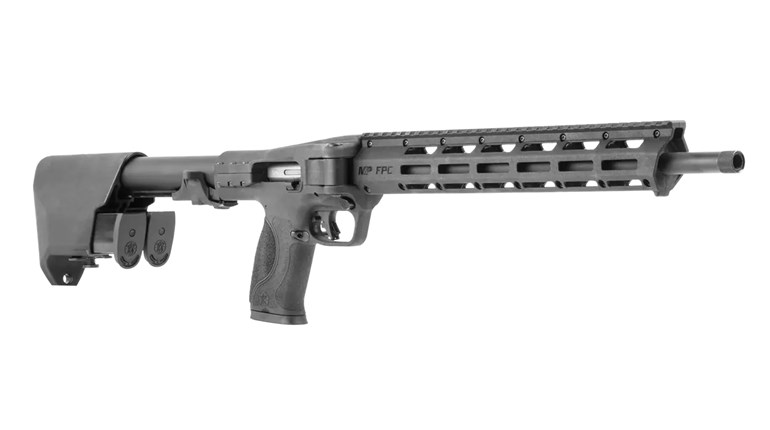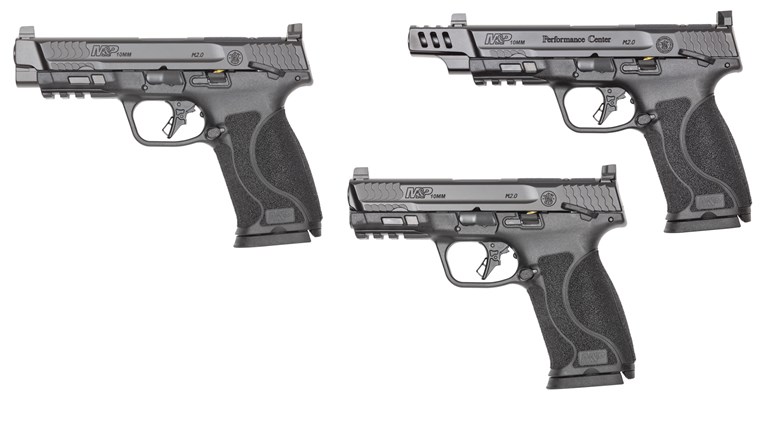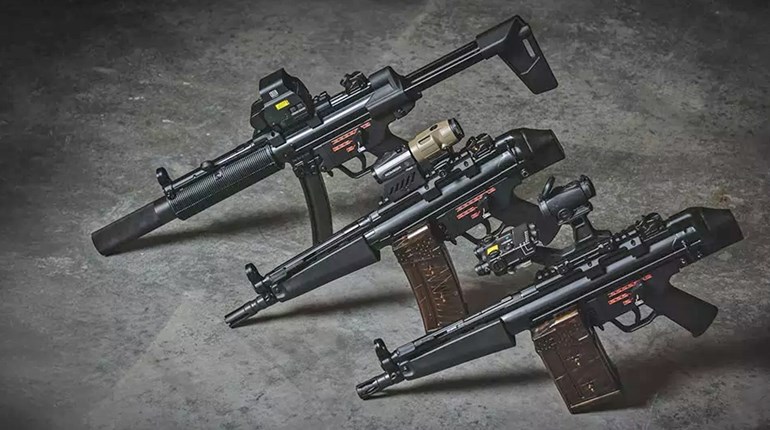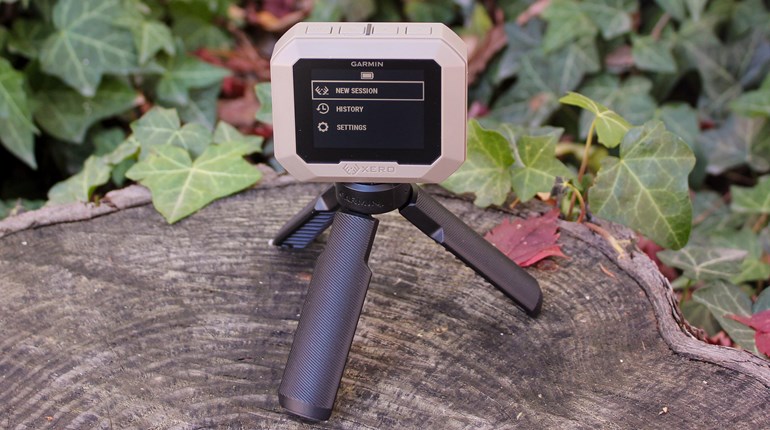
The .357 SIG is a potent pistol cartridge designed in 1994 to replicate the ballistics of the .357 Mag. revolver cartridge and fit in a standard-size semi-automatic pistol. It does this very well with a 125-grain bullet at 1,350 fps from a 4-inch barrel. It does not quite equal the 357 Magnum's load of a 125-grain bullet at 1,450 fps from the same barrel length, but it's close. It's powerful enough to fill many roles; law enforcement, self defense, trail gun and so on.
Because the 357 SIG can fit in a standard semi-automatic, it offers much greater capacity than a revolver. Even the largest-framed revolver can hold only eight rounds of .357 Mag., but a standard size semi-automatic like a Glock 31 can double that to 16 rounds (15+1).

SIG Sauer, Glock, Heckler & Koch, Steyr, Springfield Armory and Smith & Wesson are major manufacturers who have produced guns in this caliber. The .357 SIG is worthy of adding to one's arsenal of capable calibers, but one not need to necessarily buy a whole other gun to do that. Sometimes buying another gun is not the best option. A new gun costs money. Sometimes, it costs a lot of money, and sometimes no one makes the gun you want in .357 SIG.
No problem. All you need is a barrel to convert your existing gun to shoot .357 SIG. A barrel costs a lot less than a gun and also solves the problem of getting a .357 SIG chambering in your preferred gun design when the gunmaker does not currently make it.
What's required to do this? The .357 SIG is essentially a 40/10 mm caliber cartridge necked down for a 0.355-inch bullets. The 357 SIG uses 0.355-inch bullets just like a 9 mm, not 0.357-inch bullets like the .357 Mag. Based on case size, it uses a 40/10 mm slide because, they have the correct size breech-face cut. The other requirement is that there is a barrel available for your gun. Some factory barrels are available because the gunmaker might also make guns in .357 SIG, and all you have to do is swap barrels.
For example, a SIG Sauer .40-caliber gun will take a SIG-made .357 SIG barrel if they have one for your model pistol. Smith & Wesson used to make its M&P series semi-auto pistols in .357 SIG, though the company doesn't offer one in the M2.0 versions at the time this article was written. However, the barrels from previous M&P guns will fit if you can find one.

Another route is to buy an aftermarket barrel for your pistol. For example, with the aforementioned Smith & Wesson M&P pistols, you can buy .357 SIG barrels made by a couple of manufacturers. And aftermarket barrel makers might offer options that the factory barrels don't, such as being threaded.
Do you need special magazines to feed the 357 SIG in your 40/10 mm pistol? Maybe, maybe not. It depends. Remember, the .357 SIG is just a bottle-necked 40/10 mm caliber case, so your current magazines designed for those cartridges might work just fine. Smith & Wesson M&P magazines are marked with both .40 S&W and .357 SIG, so they work with either cartridge. Glock's .357 SIG magazines have a different follower than the company's .40 S&W magazines. The .40 S&W magazines might work and you can try them, but know that a caliber-specific magazine is available if you run into feeding issues.
I’m one of those people who wanted a .357 SIG but wasn’t inclined to buy a gun dedicated to that cartridge. I wasn’t sure I would shoot it that much, so I opted for a conversion barrel. I had a Smith & Wesson M&P40, so it made sense to just buy a barrel.

I bought a KKM Precision barrel and opted for the threaded version, as I envisioned that some day I might add a compensator. My M&P is full-sized with a 4.25-inch barrel, and with the extra length for the threaded portion, the KKM barrel measured 4.9 inches. KKM barrels are machined from stainless steel, and this one was a drop-in version, which is exactly what it did. No fitting was required on my part.

The 4.9-inch barrel produced high velocities with this cartridge. The Federal Premium 125-grain HST clocked at 1,454 fps, putting it on equal ground with a .357 Mag. revolver round from a 4-inch barrel. The Sellier & Bellot 140-grain FMJ bullet reached an average of 1,358 fps, which is the usual velocity of a .357 SIG 125-grain bullet from a 4-inch barrel.
The KKM .357 SIG conversion barrel produced the best accuracy with the Federal HST. The average 5-shot group was 1.69 inches, and the aggregate group of all 25 rounds was 2.70 inches. The other loads shot well, too. The .357 SIG has a good reputation for accuracy and the M&P/KKM conversion demonstrates why. A typical pistol will shoot 5-shot groups into 3- to 5-inch groups at 25 yards, and this conversion barrel’s largest 25-shot aggregate group was 4.01 inches.

The gun ran reliably with all the ammunition tested. The bottlenecked round might enhance feeding reliability because the bullet and case neck are smaller than the case body so the cartridge’s 9 mm nose is feeding into a .40-caliber chamber.
The .357 SIG round is the same length as the .40 S&W, so it fits in frames of the same size. But you're not limited to this frame size. Frames that take longer rounds like the 10 mm will also work, and a couple companies make .357 SIG conversion barrel for 1911s and Glock 10 mm pistols.
I tested 125- and 140-grain bullets, but there are other weights available from 115 to 180 grains to help you find the right bullet for your purpose. There are factory loads available with Barnes all-copper bullets, frangible bullets and exotic bullets like Corbon’s Glaser Safety Slugs and Pow’RBall, Lehigh Defense’s Xtreme Defense and Xtreme Penetrator and G2 Research’s RIP bullet. Several boutique ammo makers like Corbon, Doubletap, Buffalo Bore and Underwood offer higher speeds than the usual off-the-shelf ammo at the local gun store.
The .357 SIG round is powerful and shoots flat and accurately. It will reach out quite a distance for small game and varmints. It's plenty powerful for small-to-medium game and for defense against two- and some four-legged dangerous animals with the right ammunition. With lots of rounds in a semi-automatic platform, you won't run out of ammo in a hurry like you would with a revolver, and reloading a semi-automatic is faster than reloading a revolver. That makes it a pretty good trail, woods and self-defense cartridge.
One detail worth mentioning is that the .357 SIG is loaded to higher pressure (40,000 psi) than the .40 S&W (35,000), so it might not be suitable for all .40-caliber pistols. Check with your gun’s manufacturer and the barrel makers for details.
If you’re looking to add the .357 SIG to your collection, a conversion barrel might be right for you. It expands a gun’s versatility, so you can choose the caliber and ammo for whatever purpose you have in mind. Check out the list of aftermarket barrel makers below to see if they have one to fit your gun.
Aftermarket 357 SIG Barrel Makers
Bar-Sto: Glock (including 10 mm guns), SIG Sauer, Springfield Armory XD/XDM.
EFK: Springfield Armory XD, Beretta/Taurus, FN FNS, H&K, SIG Sauer.
KKM: Glock, S&W M&P, Browning Hi-Power, 1911.
Lone Wolf: Glock.
Rim Country Manufacturing: Steyr, H&K.
Storm Lake: Glock (including 10 mm guns), 1911, S&W M&P.




































